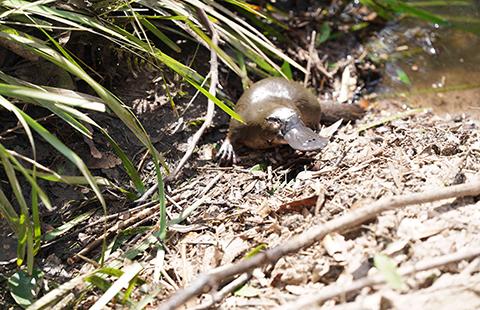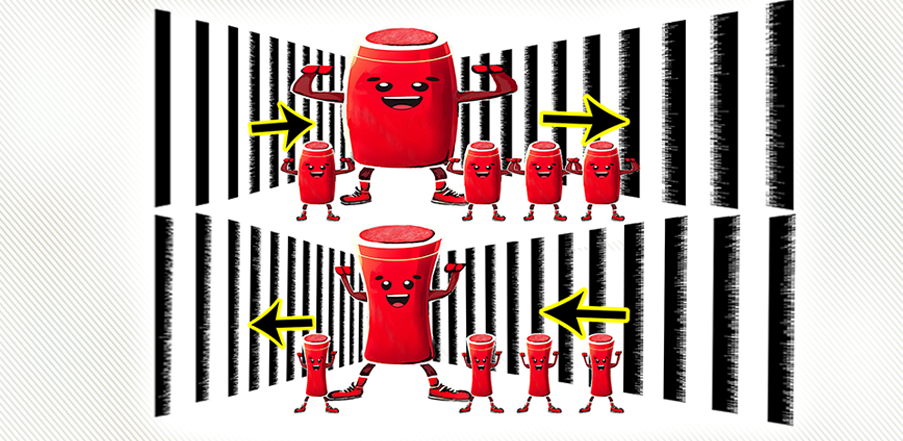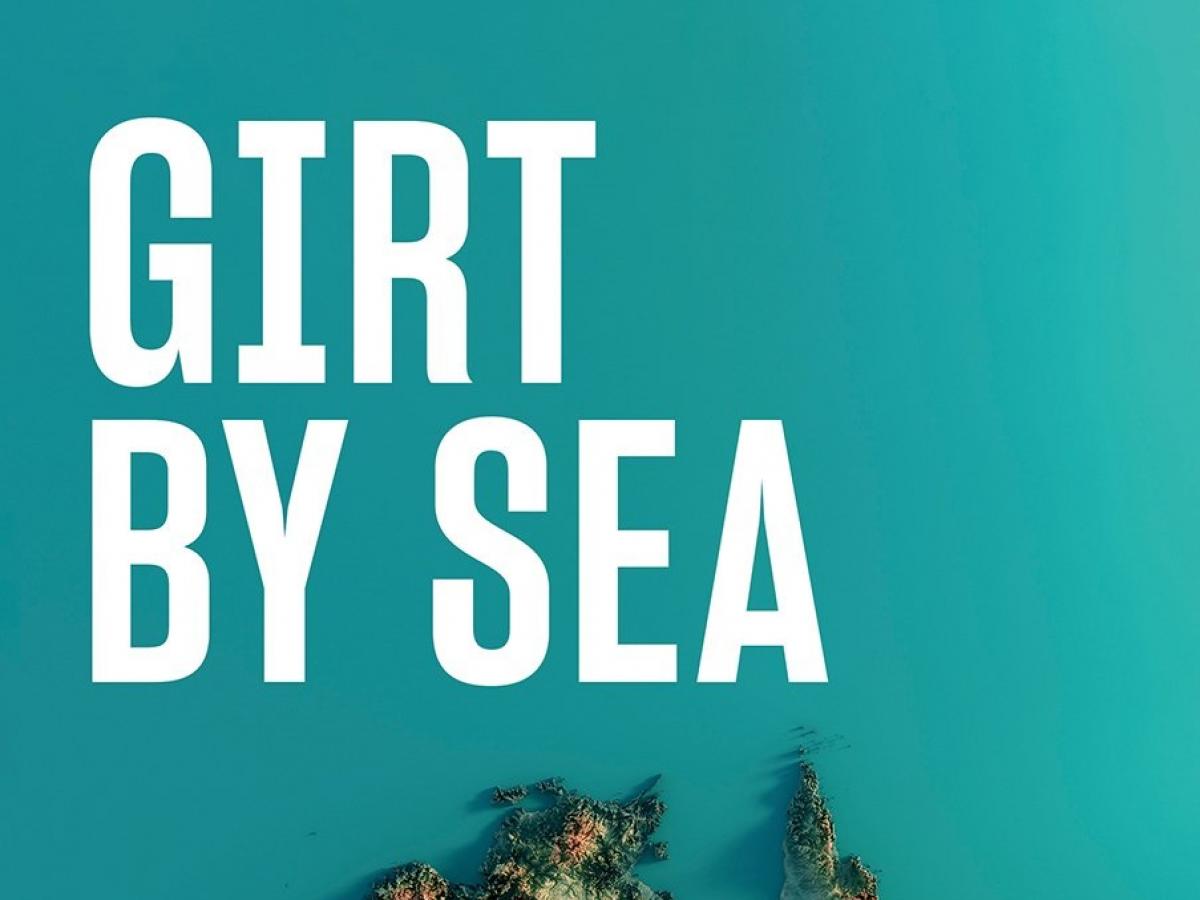
Mulgoa Valley Landcare Group, in partnership with Western Sydney University and Hawkesbury-Nepean Landcare Network, has secured a $55,000 grant to conserve platypus populations in the greater Nepean River catchment following the 2019-20 bushfires.
‘The Penrith Platypus Project’ received funding through the Landcare-Led Bushfire Recovery Grants Program and aims to create a more resilient platypus population in the region. It also will develop a refuge for platypus to help protect them from future fire events.
President of Mulgoa Valley Landcare Group Lisa Harrold said newly discovered platypus populations in the area have been impacted by habitat loss, including from water pollution and sediment build-up.
“Current estimates indicate an 18 per cent decline in platypus numbers as a direct consequence of the 2019-20 bushfires,” said Ms Harrold.
“This collaborative project will ensure identified populations in Penrith, including those in Jerry’s and Mulgoa Creeks, can be monitored and their habitat improved.”
Research lead Dr Michelle Ryan from Western Sydney University’s School of Science said the project will focus on platypus Environmental DNA (eDNA) sampling, habitat assessment and restoration over a six-month period.
“eDNA testing by Western Sydney University has only last month revealed a population in the Penrith area which are using Mulgoa and Jerry’s Creek tributaries as habitat,” said Dr Ryan.
“We need to monitor the platypus and commence habitat restoration to secure this population from future fire impacts.”








